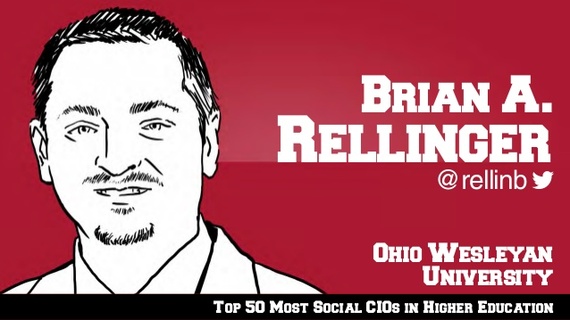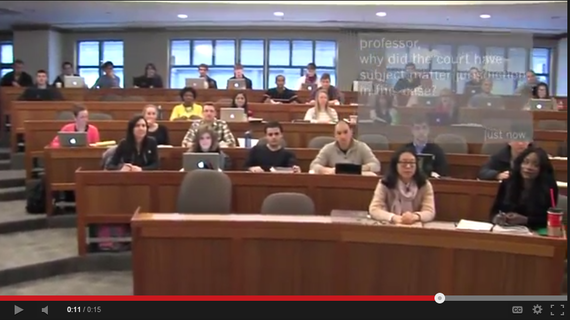India and China are expected to unveil a first-ever jointly compiled two-volume encyclopaedia, chronicling a 2,000 year-history of cultural exchanges when Vice-President Hamid Ansari visits China this week.
Mr. Ansari, who will arrive in the Chinese city of Xian on Thursday evening and travel to the capital on Friday, is likely to unveil the encyclopaedia following his meetings with Chinese President Xi Jinping and Vice President Li Yuanchao.
The more than four year-long project contains nearly 800 entries, and was compiled by a group of eight scholars and historians — four each from India and China India. Chinese officials say the focus of his visit – officially to mark the 60th anniversary of the signing of the “Panchsheel” or five principles of peaceful coexistence between India, China and Myanmar — will look to underline both countries’ civilisational links at a time when Beijing and New Delhi, under new leadership, have spoken of “a historic opportunity” to reboot ties.
To that end, one of Mr. Ansari’s first official events will be a visit to the famous Wild Goose Pagoda in Xian — the ancient capital famed for its terracotta warriors — where the first Buddhist scriptures from India were translated by the monk Xuan Zang (or Hsuan-Tsang, according to older romanisation).
The encyclopaedia project came into existence as a result of the Joint Communiqué issued during the time of Chinese Premier Wen Jiabao's visit to India in December, 2010, in which the compilation of the encyclopaedia of India-China Cultural Contacts was first proposed. A Joint Compilation Committee was formed with officials and experts from both sides, which met five times during the last two years to draw up a final list of entries on the basis of themes identified through the concept note and subsequent discussions.
Sabaree Mitra of the Centre for Chinese and South East Asian Studies, Jawaharlal Nehru University, who led the Indian team of scholars, said it was a wonderful and enriching experience working on the joint project.
“This project has been a great learning exercise in many ways, in scholarly support, in mutual accommodation and as an excellent team work,” Dr. Mitra told The Hindu.
The Chairperson of the Chinese Expert Group was Prof. Xue Keqiao, an Indologist of great repute. Where there were differences of perceptions between the Chinese and Indian scholars, they were resolved through discussions without much difficulty and every single entry and overview was finalised by consensus, she said. “It is true that there was difference in scholarly training, in the academic schools and traditions we came from, but we acknowledged that difference and worked together to find our way ahead,” said Dr. Mitra.
“I think the journey that we undertook to compile and publish the Encyclopaedia of India-China Cultural Contacts is a testimony of our great shared intellectual and cultural heritage,” she said. The encyclopaedia is being seen as a symbolic project flagging off a new chapter in the relationship. China’s President Xi Jinping took over in March last year, and is likely to make his first visit to India as President later this year, before Mr. Modi is likely to travel to Beijing. Indian officials described the project as “covering the span of civilisational interface over two millennia,” but also as “a dynamic document that is not an ending, but just the beginning of this process.”
(SOURCES - http://www.thehindu.com)





